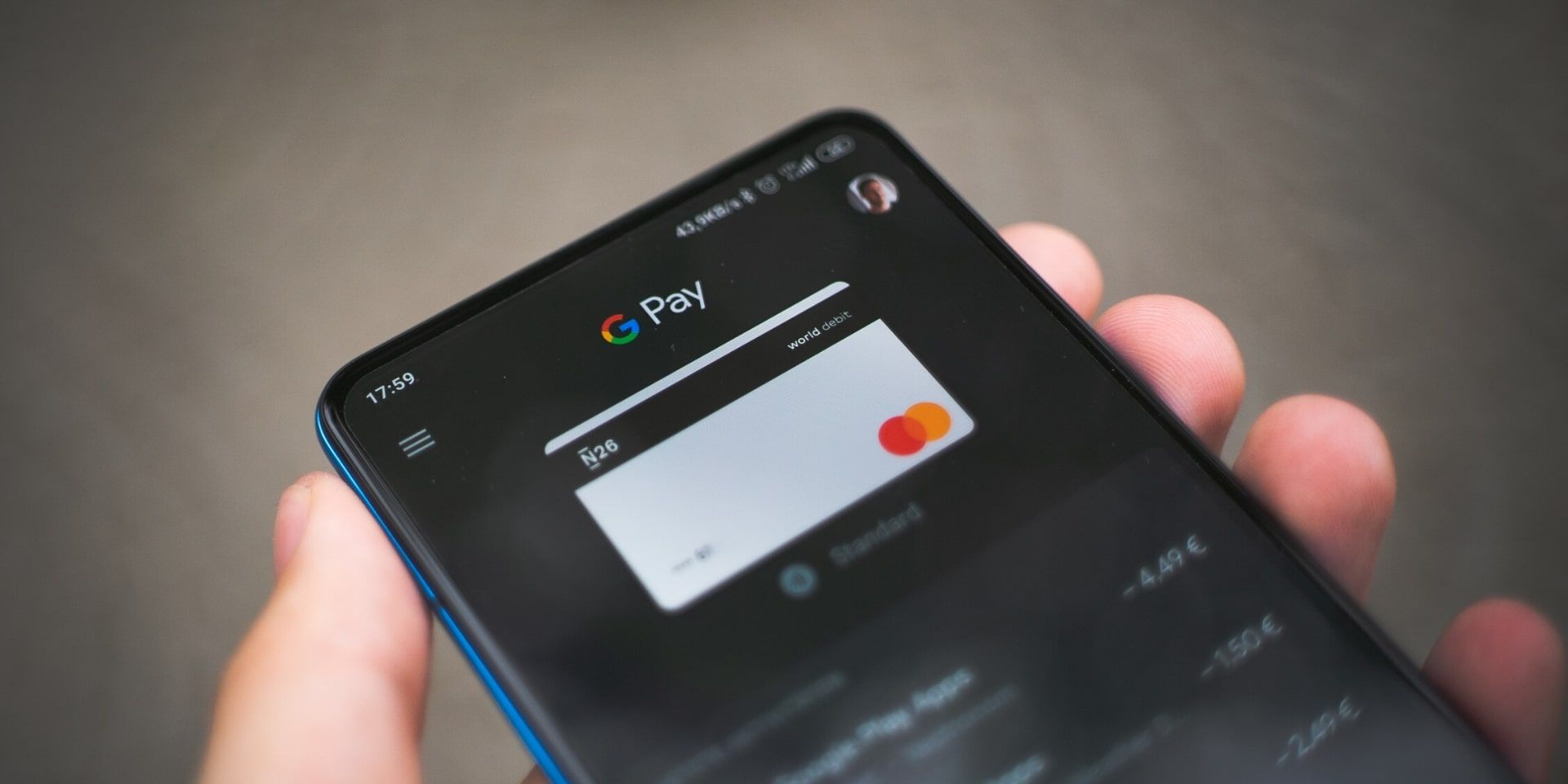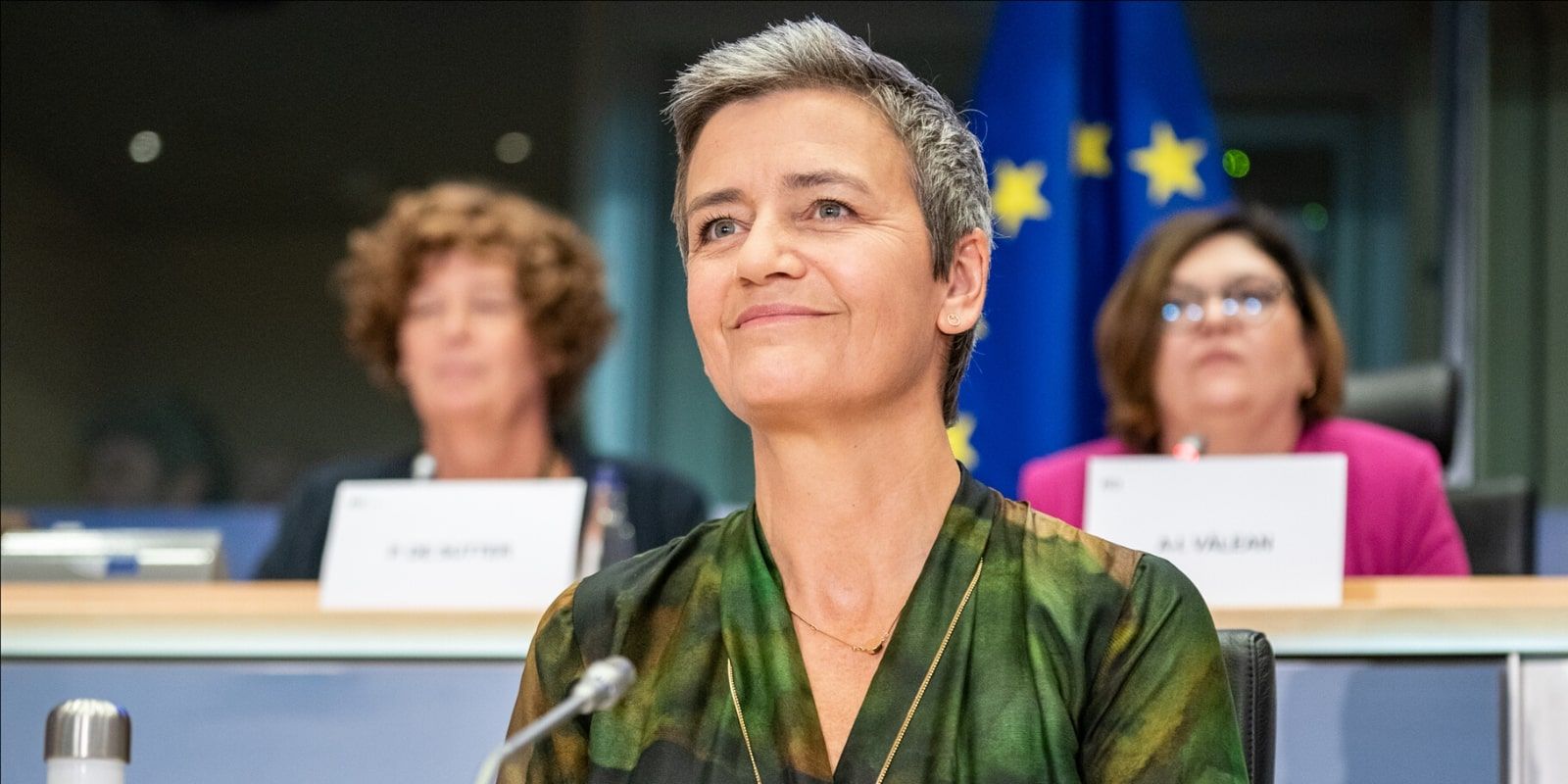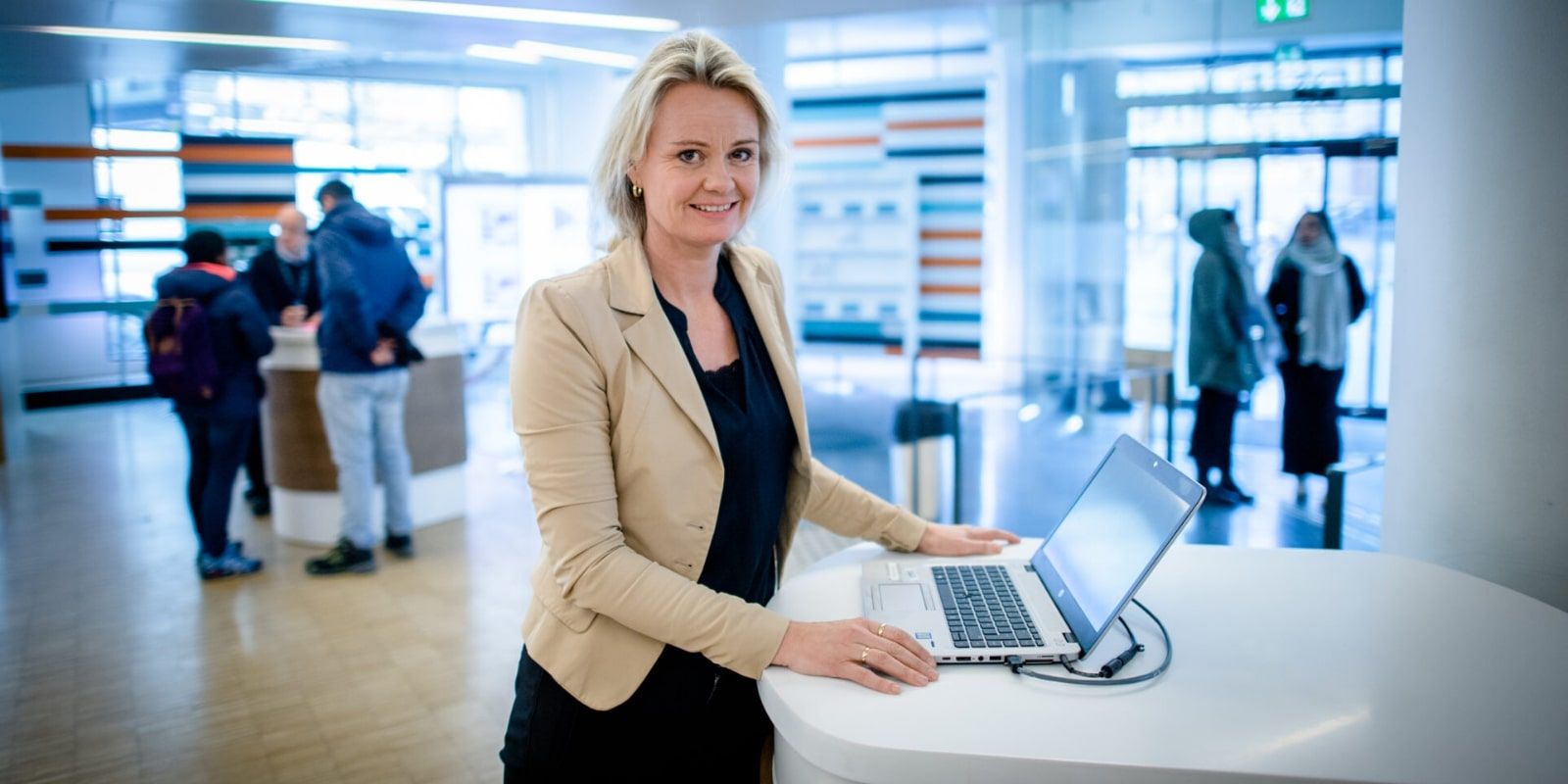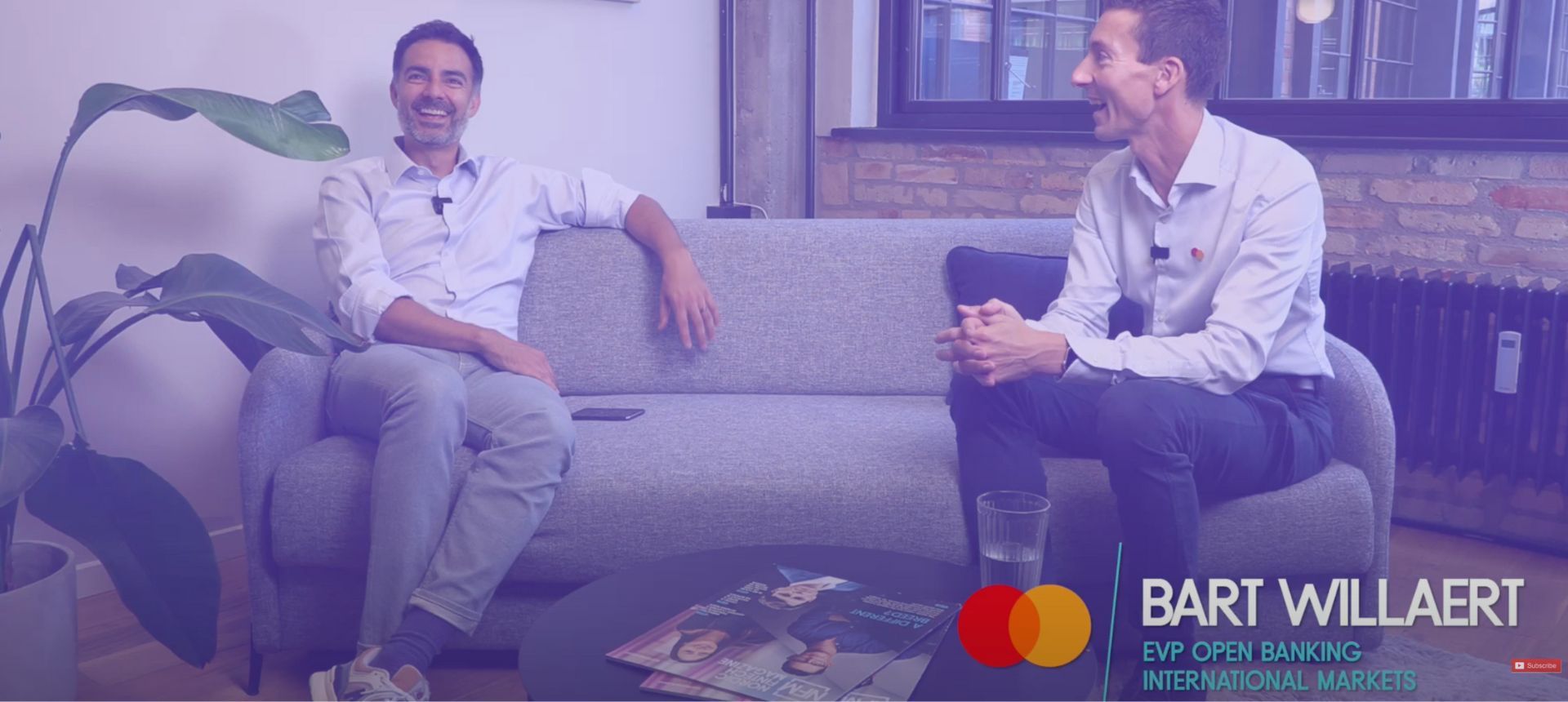
Breaking the monopoly on payments
June 29, 2020 | News
A recent report published by Nordic API Gateway found that over two-thirds of the decision makers surveyed have already implemented changes into their organisation due to PSD2. At the top of the list of these changes: low-friction payment options being made available through third party providers.
In an interview regarding PSD2 and the new opportunities the EU has helped generate due to the directive, the European Commissioner for Competition, Danish politician Margrethe Vestager, was quoted as saying:
“The opportunities for innovative companies in smaller member states would not have been so far-reaching without the EU. PSD2 brings a fragmented market back together and, as such, opens for great possibilities for all. I think it’s so exciting that the monopoly on payments has been broken. I want to see even more innovative solutions in the market.”1
As the commissioner points out, PSD2 is in the business of healing a fragmented market, while at the same time breaking monopolies and opening up for new players, new business models and new types of cooperation. This cooperation pertains to, not least, the dynamic between banks and fintechs, which is, to a large degree, what open banking revolves around today.

Margrethe Vestager, European Commissioner for Competition (CC-BY-4.0: © European Union 2019 – Source: EP)
Because PSD2 allows all third party providers (TPPs) to initiate direct account-to-account (A2A) payments, businesses and consumers have also been empowered with the option to opt in for lower-cost and more secure payments. This, combined with the high level of trust in the digital space, has led to a boom in digital payments and online shopping in the Nordics. In fact, findings released in March of this year predicted that, in Denmark alone, ecommerce would increase by 10% to €21.45 billion by the end of 2020.2 One can only surmise that this number will be greatly affected by the coronavirus pandemic, and will most likely increase even more as a result.
More than just your average bank
Banks have also come to realise the full potential of using PSD2 to build convenient and user-driven payment solutions. Instead of focusing on the compliance part, banks are starting to become TPPs themselves in order to innovate with financial data from other banks, as well as the ability to initiate payments from one single bank. With that, banks have the opportunity to own the customer interface.
A front-runner in owning the customer interface is Norway’s largest bank, DNB. They have recently expanded its service by enabling their customers to perform instant A2A payments from any bank within DNB’s mobile bank on their road to becoming the favoured mobile banking app for all Norwegians.3 Explaining the advantage of owning the customer interface, Group Executive Vice President of Retail Banking at DNB, Ingjerd Blekeli Spiten, says:
“This is an important step in the direction of becoming the mobile bank for all Norwegians. We’re giving our customers huge flexibility as they’re now able to make payments and transfers between their own accounts across several different banks. For us, it’s all about making it easier for customers to gain a full financial overview no matter how many banks they might have.”4

Ingjerd Blekeli Spiten, Group Executive Vice President of Retail Banking at DNB
Low-friction mobile payments are already leading the way
PSD2 has indeed become a disruptive force within the payments space, impacting over 300 million ecommerce shoppers in Europe alone.5 Some of the key advantages experienced already have been the ability to pay directly from a personal or business account more easily, protecting financial data through a security increase by strong customer authentication (SCA), taking more ownership of one’s own credentials and the knowledge that login data is not stored after a payment is concluded. Speaking ahead of Europe’s largest payment conference, Merchant Payments Ecosystem 2020, CEO of Polymath Consulting, David Parker, forecasted that:
“[M]erchant payments will undergo radical changes in 2020... The key change will be driven by the introduction of [payment initiation service provider] payments, which in card-based online payment markets has been forecast to replace up to 30% of these transactions over the next five years.”6
In addition to the reduced costs associated with traditional credit card payments, one of the great benefits about A2A payments is the fact that consumers do not have to share sensitive payment information. And with the new payment landscape ripe for innovation, A2A payments can easily be built into any solution for more added customer convenience.

Thanks to the arrival of PSD2, the opportunities within open banking are leading to further conveniences for businesses and consumers, and a more level playing field for payment providers. Consumers are ready to adopt and welcome new payment methods, and businesses have been waiting for new opportunities to emerge. It's time to remove the astronomical cost and friction of transaction fees and deliver a fairer, more enjoyable experience for all those involved.
Want to learn more about the valuable payment opportunities available through open banking? Download our free report today and reach out to us with any ideas you might have on how we can accelerate your business together!




